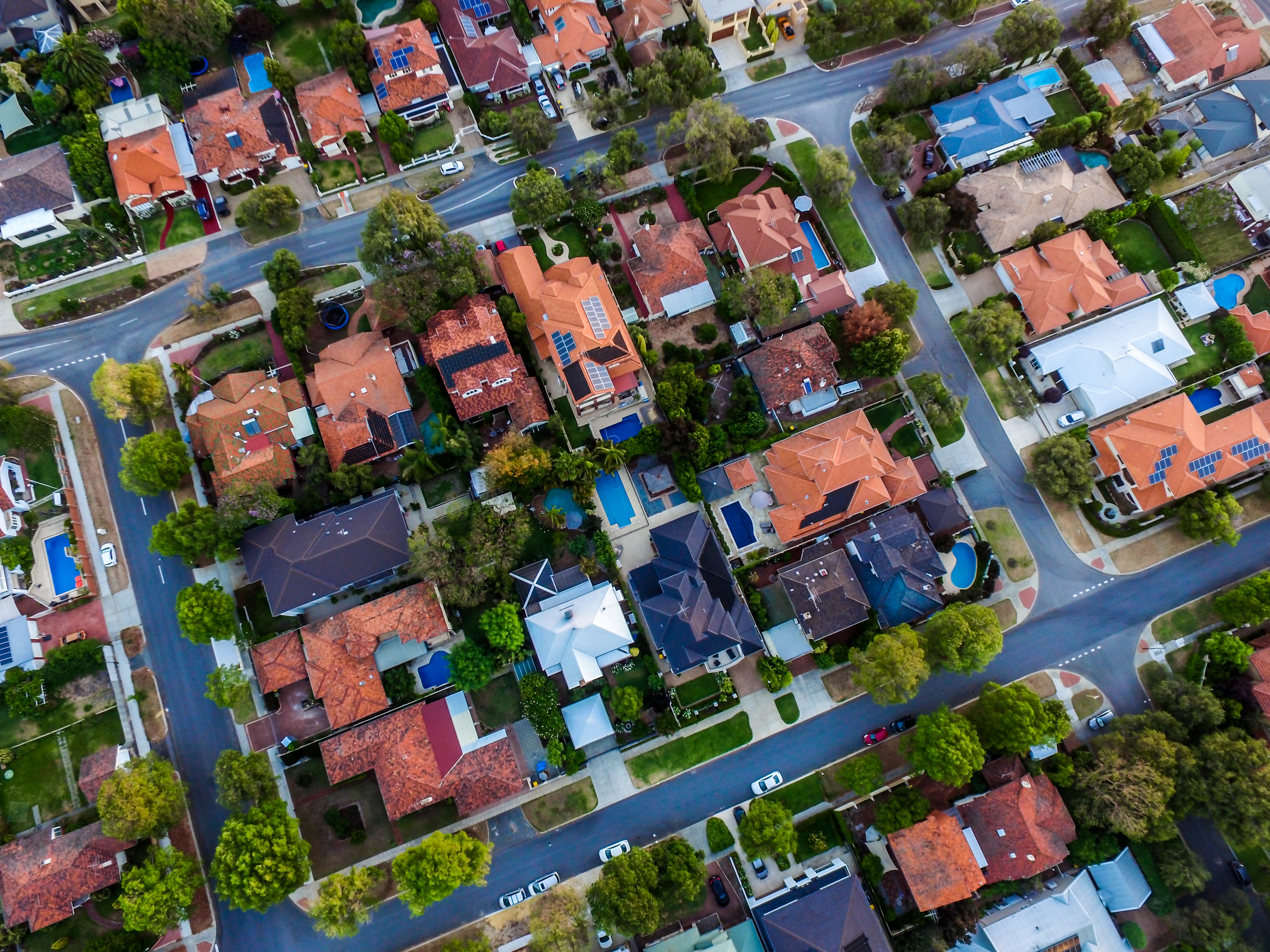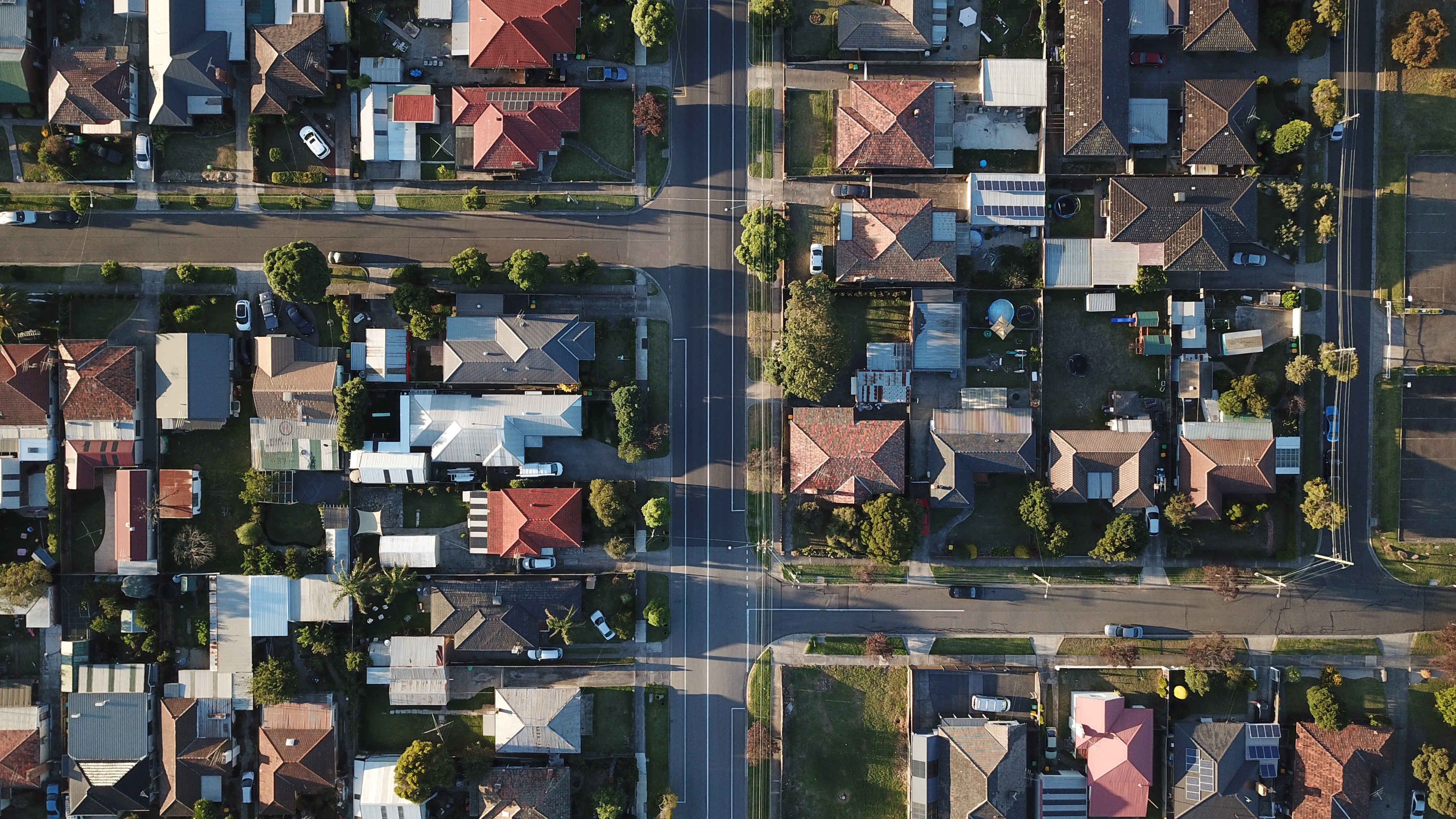Industry body warns housing finance figures are on a "slippery slope"
Contact
Industry body warns housing finance figures are on a "slippery slope"
The Real Estate Institute of Australia (REIA) says the October housing finance figures released by the Australian Bureau of Statistics (ABS) show the number of housing loans is diving.
The figures released by the ABS show the number of owner-occupied finance commitments dropped 0.1 per cent over October, marking the thirteenth consecutive month of decreases.
"If refinancing is excluded, in trend terms, the number of owner-occupied finance commitments decreased by 0.3 per cent –also the thirteenth consecutive month of decreases and the lowest since November 2014," REIA President Malcolm Gunning said.
Decreases were recorded in Victoria, New South Wales, Queensland, and the Northern Territory.
The Northern Territory saw the largest decrease of 2.6 per cent, while the Australian Capital Territory had a large increase of 2.3 per cent.
The value of investment housing commitments also decreased by 1.9 per cent over October.
“The dollar amount approved for the purchase of dwellings by individuals for rent or resale is at the lowest level since June 2013,” Mr Gunning said.
“In trend terms, the number of established dwellings purchase commitments remained unchanged while the purchase of new dwellings decreased by 1.5 per cent and new dwelling construction fell by 0.5 per cent.
Industry body warns housing finance figures are on a "slippery slope". Image by Maximillian Conacher via Unsplash.
The number of first home buyers (as part of the total owner-occupied housing finance commitments) increased 18.1 per cent in October, while the number of loans made to first home buyers increased 15.7 per cent.
Mr Gunning told WILLIAMS MEDIA the housing finance decline is a reflection of current market conditions.
“The continued decline in housing finance reflects the slowing market, APRA restrictions on investors which went too far for too long, the fallout from the Royal Commission into Banking and concerns about changes to property taxation and its impact should there be a change in Government,” Mr Gunning said.
Housing Industry Association (HIA) acting principal economist Geordan Murray says the figures are normal for this phase of the housing price cycle.
"The decline in lending now appears to be broadening beyond investors with lending to owner-occupiers also starting to ease. As home prices have eased buyers and sellers have been behaving more cautiously and transaction numbers have declined. These are normal things to see during this phase of the cycle," Mr Murray told WILLIAMS MEDIA.
"The role that APRA’s interventions in the mortgage market are having is a unique aspect of this cycle. The tighter lending environment is an additional contributing factor to the softer housing finance figures. APRA’s measures are untested in a market downturn and the effect needs to monitored closely.
Industry body warns housing finance figures are on a "slippery slope". Image by Tom Rumble via Unsplash.
"The housing price cycle still has time to run and throughout the phase where prices are easing we should expect to see fewer property transactions and soft housing finance numbers."
Master Builders Australia Chief Economist Shane Garrett says it's been the worst quarter for investor lending since 2013.
"August 2013 was the last time investor lending volumes were as low as they are now. Lending to housing investors has fallen by over 30 per cent since the peak in early 2015," he said.
“The introduction of more stringent APRA regulations in early 2015 kicked off the decline in investor lending. It has been greatly exacerbated by the commencement of the Royal Commission’s work – lenders have become much more nervous about making financing available.
“The reduction in investor activity is not all down to lending policies. Many investors are reluctant about entering into markets where house prices are falling. In other places, rental price growth is soft and investors have sat out," he said.
While investors are looking to exit the market, Mr Garrett says things are much more positive for first home buyers.
"At 18.1 per cent, the first home buyer share of owner-occupier housing loans is at its highest since late 2012. About 114,000 FHB home loans have been issued over the past 12 months - an increase of 14.9 per cent on a year earlier," he said.
“Despite the significant challenges the housing market faces, it is encouraging that so many Australians can look forward to celebrating Christmas in their very own home for the first time this year."
Related reading:
A third of first home buyers opting for investment property over first home, report reveals
Housing affordability improving, but number of first home buyers down, report finds








